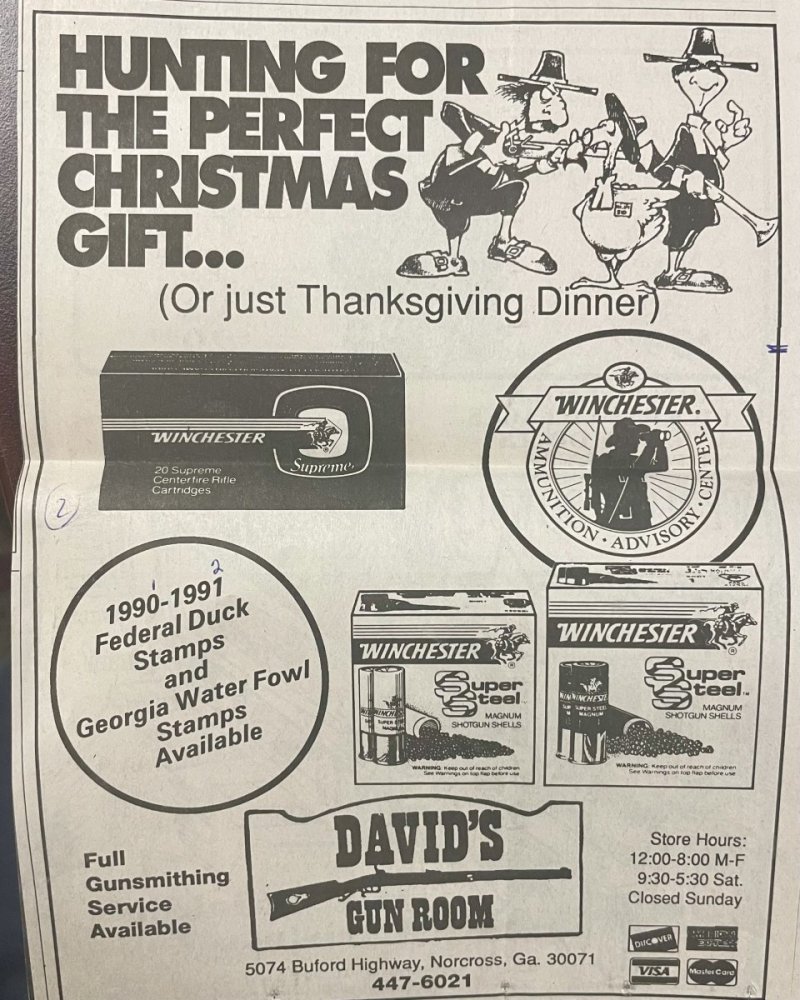I spent Saturday training in the rain and mud. Throughout the day i noticed that while in my holster, my G19 mounted RMR would pool water and grit on the glass. This continued throughout the day. The water would pool, then dry, then pool, etc.
I got home. blew out all of the large debris with an air can and lightly wiped away any grit with a bunch of q-tips and water. I've got it about 95% perfect but what's left behind are hard water stains that really blow out my dot when i look through the rmr now. the laser catches on the stains and just spiderwebs the dot. not sure if i should move to any cleaning agents or not but don't want to mess up any of the coatings on the glass.
Anyone have any experience cleaning these water stains off of an rmr?
Thanks
I got home. blew out all of the large debris with an air can and lightly wiped away any grit with a bunch of q-tips and water. I've got it about 95% perfect but what's left behind are hard water stains that really blow out my dot when i look through the rmr now. the laser catches on the stains and just spiderwebs the dot. not sure if i should move to any cleaning agents or not but don't want to mess up any of the coatings on the glass.
Anyone have any experience cleaning these water stains off of an rmr?
Thanks







